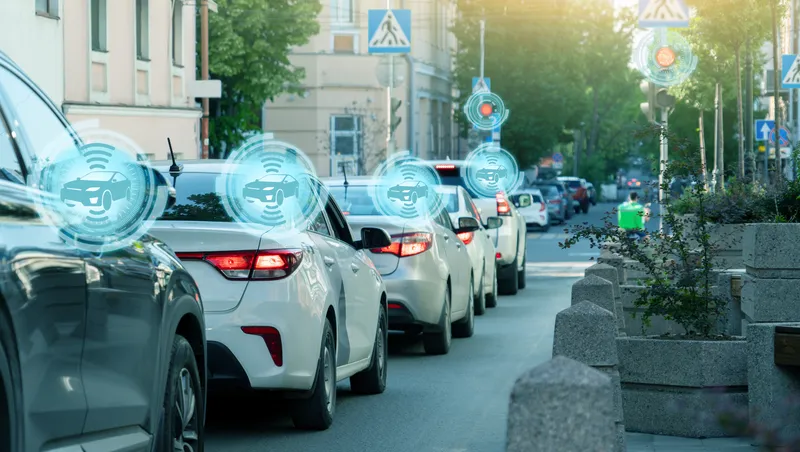US connected technologies companies Harman International Industries and Airbiquity have announced the first automotive grade end-to-end intrusion detection system (IDS) for connected vehicles at TU-Automotive Europe 2016 in Munich, Germany.
The solution combines Harman's intrusion detection and prevention system inside the vehicle with Airbiquity's cloud-based Choreo service delivery platform and software and data management solution to provide a robust connected vehicle security threat detection and res
November 1, 2016
Read time: 1 min
US connected technologies companies 6328 Harman International Industries and 4943 Airbiquity have announced the first automotive grade end-to-end intrusion detection system (IDS) for connected vehicles at TU-Automotive Europe 2016 in Munich, Germany.
The solution combines Harman's intrusion detection and prevention system inside the vehicle with Airbiquity's cloud-based Choreo service delivery platform and software and data management solution to provide a robust connected vehicle security threat detection and response capability for automotive customers and their consumers.
Harman's embedded Ecushield software, which provides continuous security threat monitoring and identification for internal vehicle networks, detects and logs security intrusions locally. Once logged, Airbiquity's Choreo platform and software and data management solution collects the Ecushield intrusion information from the vehicle, aggregates it in the cloud, and automates alerts and reports so automotive customers can quickly assess and execute security-centric actions, including the secure transmission and installation of vehicle software updates from the cloud to mitigate future threats and restore impacted systems and components.
The solution combines Harman's intrusion detection and prevention system inside the vehicle with Airbiquity's cloud-based Choreo service delivery platform and software and data management solution to provide a robust connected vehicle security threat detection and response capability for automotive customers and their consumers.
Harman's embedded Ecushield software, which provides continuous security threat monitoring and identification for internal vehicle networks, detects and logs security intrusions locally. Once logged, Airbiquity's Choreo platform and software and data management solution collects the Ecushield intrusion information from the vehicle, aggregates it in the cloud, and automates alerts and reports so automotive customers can quickly assess and execute security-centric actions, including the secure transmission and installation of vehicle software updates from the cloud to mitigate future threats and restore impacted systems and components.









